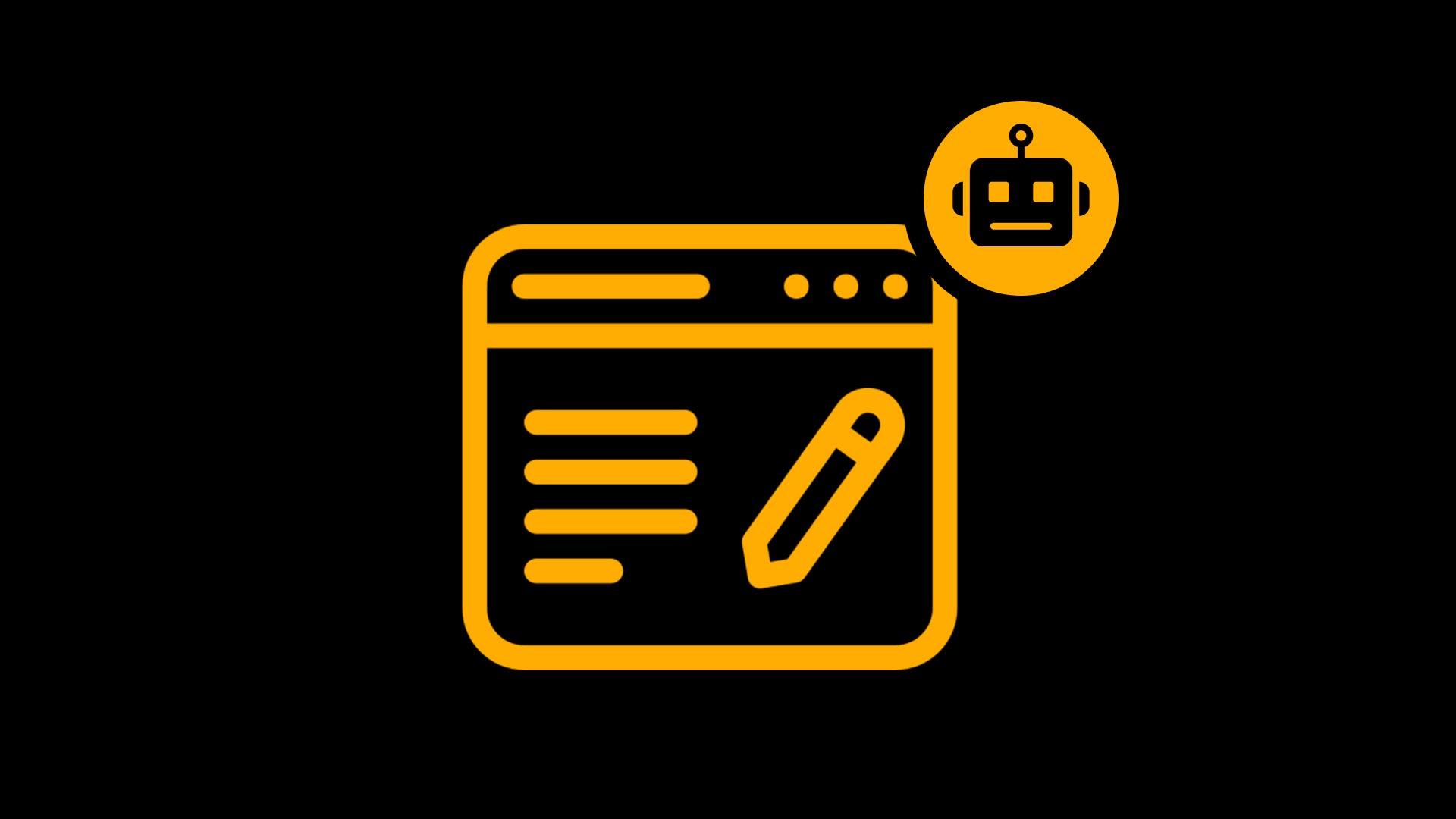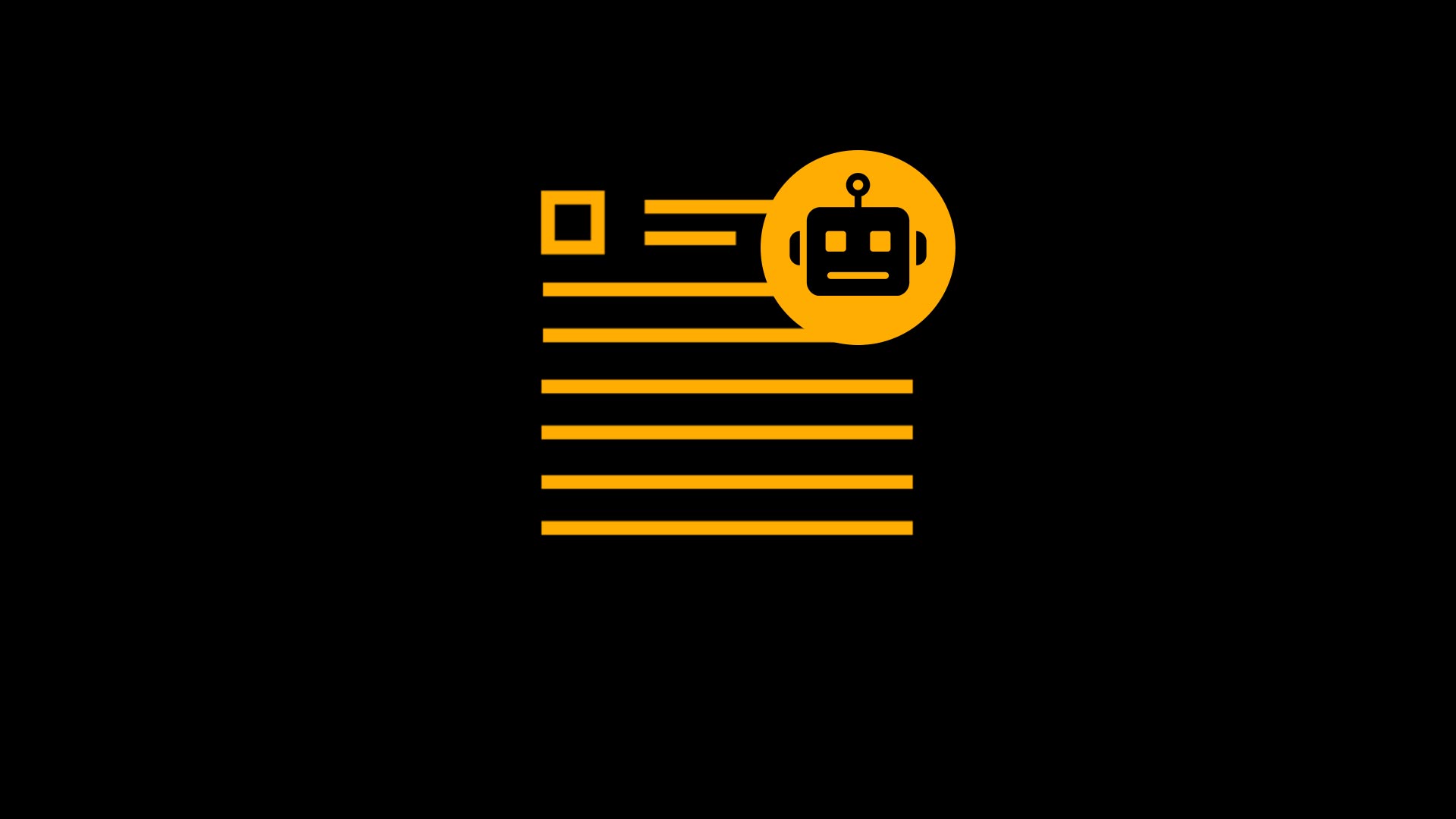As a full-time content creator, blogger, and newsletter writer, I spend a lot of time typing on a keyboard.
And with the rise of AI, there are two types of online content writers:
Those who are either hyping it up like it’s magic. Or trashing it like it’s the end of creativity. Both camps are wrong.
In fact, there are times when you should use AI to write, and times when you shouldn’t.
Here’s the truth:
AI won’t replace you. But if you don’t learn how to use it, someone who does will.
That’s why this isn’t another “10 ways to use AI for content” article. Because most of that advice? Garbage.
People tell you to let AI brainstorm your ideas, take your notes, even build your outlines. That’s the fastest way to sound like every other bland content creator/online writer pumping out filler content.
Real creators don’t outsource their thinking.
They use AI as leverage and amplifier — to speed up drafts, polish their words, and stretch one piece of content into many. AI saves you time where it doesn’t cost you originality.
This guide will show you exactly where AI helps in content creation. And just as important — where it doesn’t.
I’ve been writing about AI and content for a while. If you want to dig deeper after this guide, here are a few of my most popular pieces:
- 95% of Writers Are Wrong About AI (They’ll Regret It 5 Years From Now)
- “AI Writing Sucks” Is a Stupid Lie (Here’s What 97% of Writers Ignore)
- 4 Reasons Why Your AI-Generated Content Sucks (And How to Fix It)
- What I Learned From Writing 100,000 Words With AI
- Is Blogging Dead After ChatGPT?
What Is AI Content Creation?
AI content creation is when you use artificial intelligence tools to help you make stuff — blog posts, newsletters, sales pages, social posts, whatever.
But let’s get this straight. AI doesn’t “create.” You do.
AI just rearranges patterns. It spits back what it’s been trained on. That means it’s fast, it’s convenient, and sometimes it feels like magic. But it doesn’t think. It doesn’t bleed. It doesn’t live your story.
That’s why you’ll see so much AI content online that feels hollow. It’s technically fine. But it has zero weight. No scars. No perspective.
Use AI for what it’s good at: speed, polish, and scale. Keep the actual ideas, the voice, and the originality in your hands.
I often like to say that AI is like money: an amplifier. Nothing else.
But in order to amplify, you need something worth amplifying.
Think of AI like a power tool. It can cut the wood faster. But you still decide what to build.
Where You Shouldn’t Use AI
Here’s where most writers get it dead wrong. They hand over the hardest, most important parts of writing to a bot — and then wonder why their work feels like recycled soup.
Note-Taking
Don’t let AI take notes for you.
Note-taking isn’t about speed. It’s about thinking. When you wrestle with ideas, you sharpen them. If AI digests everything for you, your brain atrophies. You stop making connections. You lose your edge.
When taking notes and thinking, it’s not about being faster. But abotu letting your brain slowing down so that it can spark new insights.
Brainstorming
AI isn’t your idea factory.
Feed it a prompt and it’ll hand you a list of clichés: “10 ways to boost productivity” or “5 tips to lose weight.” Garbage you’ve read a thousand times. Real ideas come from your own experience, pain, and perspective.
That’s what makes people care.
Outlining
AI outlines are cookie-cutter.
They’ll always give you the same bland structure: intro, three points, conclusion. If you rely on that, your content blends in with the crowd. Outlining is strategy. It’s how you decide what to emphasize, what to cut, and how to make your reader lean in. That’s your job. Not a machine’s.
The point? Never outsource the thinking. That’s where your uniqueness lives.
When to actually write and create with AI
AI isn’t useless. It’s just misused. The trick is knowing when to let it help and when to shove it aside.
Drafting Faster
Blank page syndrome kills momentum.
AI can give you a messy first draft in seconds. Not perfect. Not publish-ready. But enough clay for you to mold. Then you go in — add your voice, your stories, your edge. That’s how you cut hours off writing without sounding like everyone else.
But for that, again, you need to feed it with your ideas and your style. And if you don’t have ideas, your style AI is going to be useless.
Editing & Polishing
AI is ruthless at catching the stuff you miss.
Grammar slips. Awkward phrasing. Sentences that drag on forever. It won’t replace your editing eye, but it’s a sharp second pair of eyes that never gets tired.
SEO Optimization
Search engines love structure.
AI can help you slot in keywords, tweak meta descriptions, and build clean headers. It can scan gaps in your draft and suggest improvements. The stuff that feels boring but matters for ranking.
Repurposing Content
One piece of content can become ten.
Turn a blog into emails. A newsletter into LinkedIn posts. A long rant into social snippets. Turn your newsletter into an ebook.
Doing that manually takes forever. AI makes it painless. You stay consistent across platforms without spending your whole life formatting posts.
Use AI here and you buy back time. Time you can spend on the one thing it can’t do: thinking.
Benefits of Using AI in Content Writing
Most writers waste energy in the wrong places. They obsess over commas. They drown in drafts. They burn hours formatting instead of publishing. AI kills that busywork.
Here’s what you get when you use it right:
- More output, less burnout. AI cuts the grunt work so you can write more without feeling like a factory worker.
- Consistency without chaos. Daily publishing becomes possible because AI handles the repetitive stuff. You focus on ideas.
- Sharper writing. AI helps trim the fat. Shorter sentences. Cleaner flow. Stronger punch.
- Faster SEO wins. AI handles keyword checks and structure tweaks so your content ranks quicker.
- More leverage. Repurpose one piece into many formats without wasting whole afternoons rewording.
The real benefit isn’t just speed. It’s freedom. Freedom to spend your brainpower on the thinking, the stories, the insights that actually make people listen.
Best Practices for Ethical & Effective Use
AI is leverage. But used wrong, it makes you look like a fraud.
Here’s how to keep it on your side:
- Never publish raw AI output. Readers can smell it. It’s flat. It’s soulless. It screams “lazy.”
- Always fact-check. AI will confidently invent stuff. If you don’t check, you risk torching your credibility.
- Add your fingerprint. Stories. Scars. Opinions. The parts no machine can fake.
- Use AI for speed, not shortcuts. Speed means more publishing. Shortcuts mean worse publishing. Big difference.
- Keep the reader first. SEO matters, but a search-optimized article that nobody cares about is still worthless.
AI won’t ruin your writing. Sloppy use of it will.
Alright, let’s hit Section 8: FAQs. These are written both for SEO juice and to hammer home your stance.
FAQs About AI in Content Creation
Does Google penalize AI content?
No. Google doesn’t care if a bot helped you write. It cares if the content is useful, original, and high-quality. Spam AI text with no value? You’ll tank. Use AI as leverage while keeping your unique insights? You’ll rank.
Will AI replace writers?
Not the good ones. AI will replace the generic, cookie-cutter writers who already sound like robots. If your work has no personality, no perspective, no edge — you’re at risk.
How do you make AI content sound human?
Simple. Don’t let AI “sound human.” Let you sound human. Use AI for drafts and polish, then inject your stories, your tone, your scars. That’s the part machines can’t fake.
Can AI help with SEO?
Yes. It’s great for keyword research, meta descriptions, and structure checks. But remember — SEO is useless if your article bores readers. Rankings get you clicks. Your voice gets you fans.
What’s the best AI tool for beginners?
Doesn’t matter. The tool isn’t the problem. How you use it is. Start with any reliable AI writer. Focus on your process, not the brand name.










